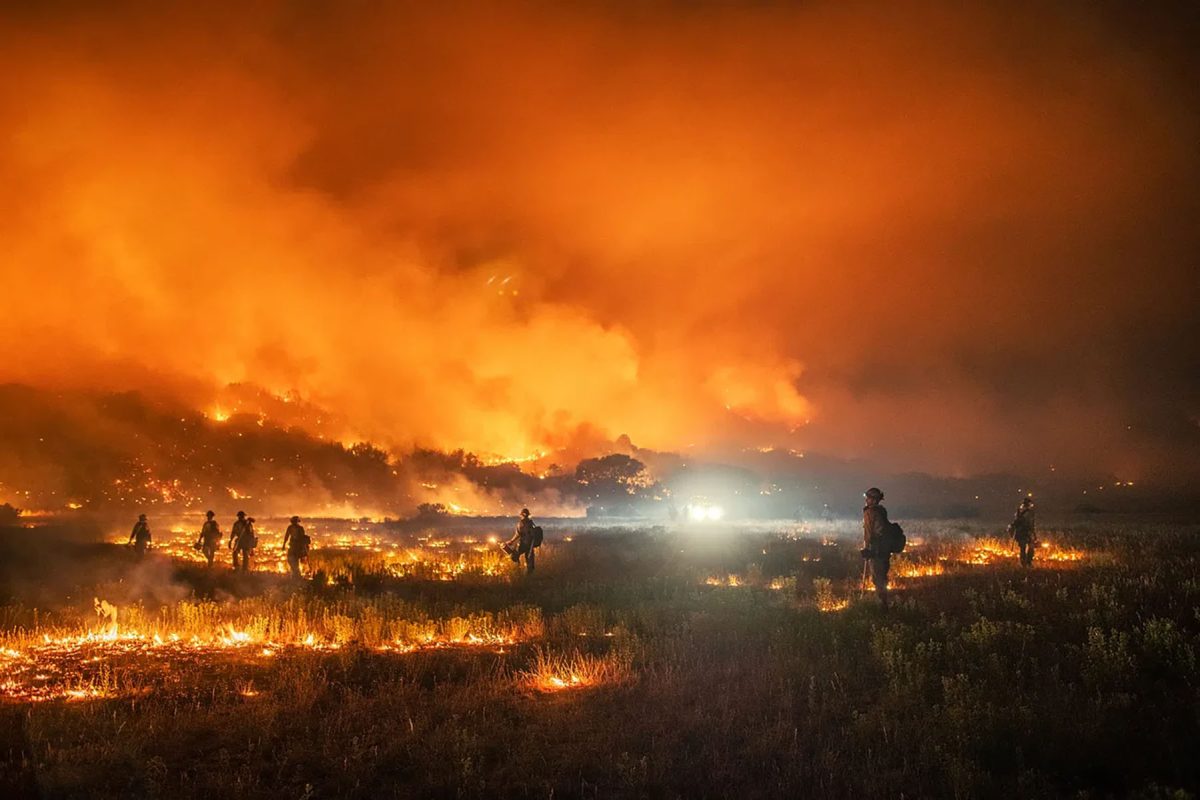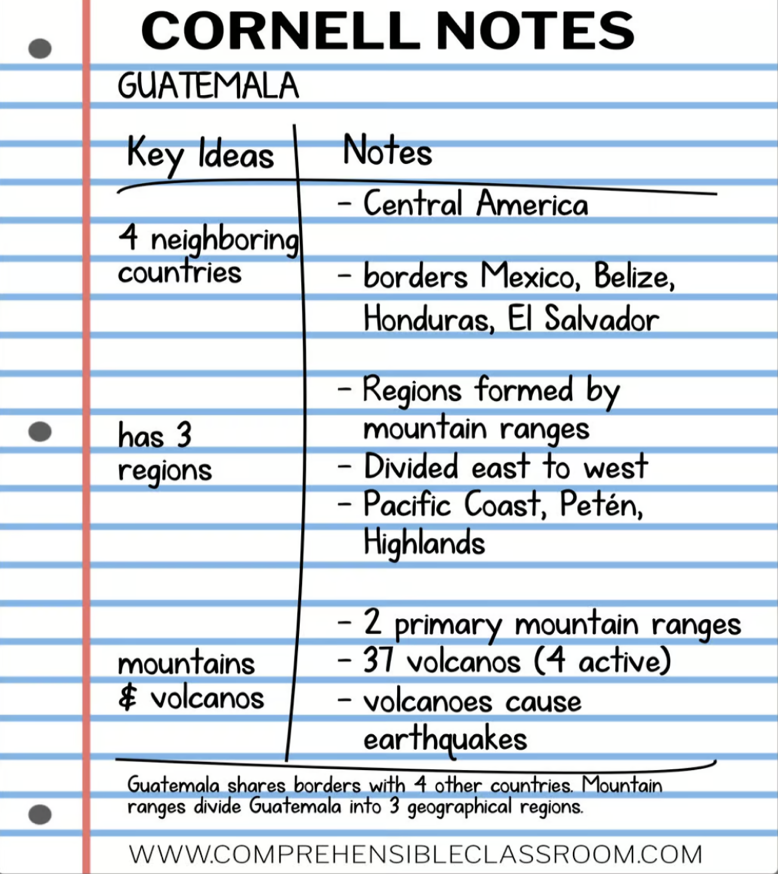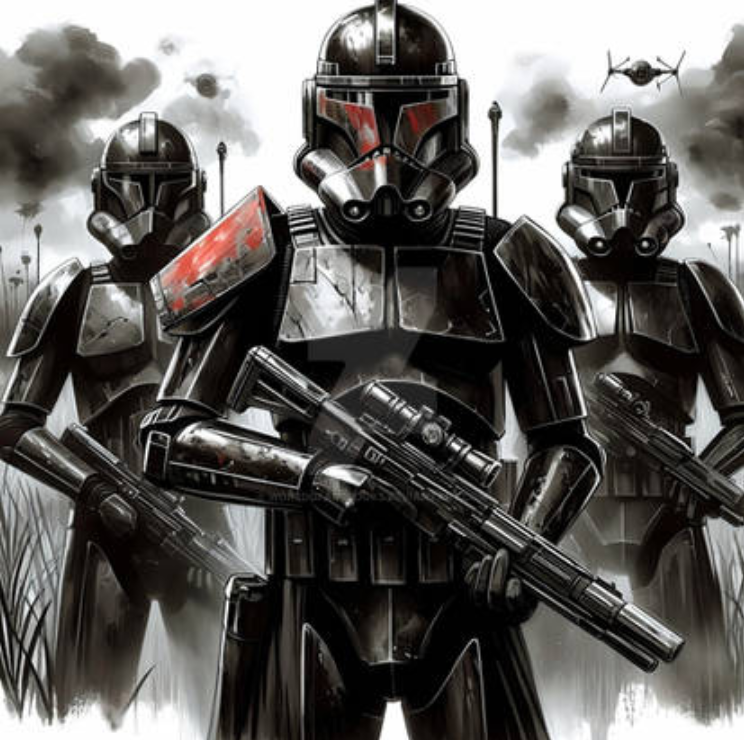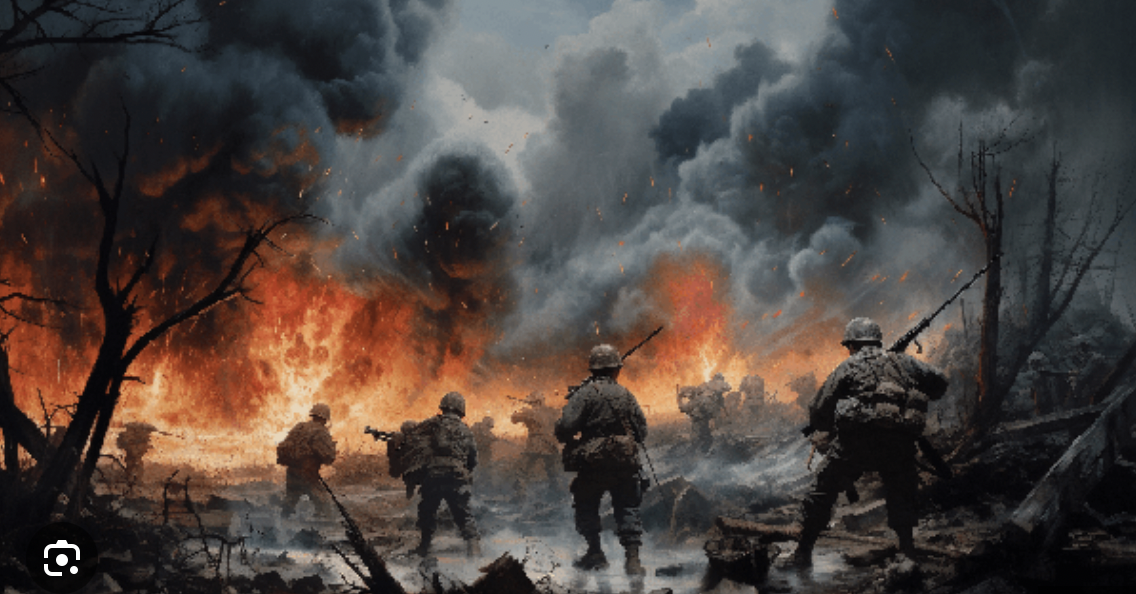In the days leading up to February 24, 2022, every family held their breaths as they watched Russia continue to escalate hostilities towards Ukraine and motion to send troops into the eastern regions of Donetsk and Luhansk. War broke out, intensified by the involvement of a major superpower, and no one knew if the world would end that week.
Fast forward to about 700 days later, and the war is still going on somewhere vaguely in the backs of our minds. Ukraine held stiff resistance to the Russian invasion and since then struggled over the east part of Ukraine, claiming and losing the same patches of territory, never facing total defeat. A war of attrition is beginning to form, with trenches and mines being placed, as the world turns to new events.
Since many main events of the war have left the minds of the American public, it is important to recall what happened to lead up to the war. Since the breakup of the Soviet Union, the two countries have been in tension, erupting into a full invasion by Russia of Ukraine in 2022.
In 2014, Russia unexpectedly annexed Crimea, causing political upheaval since it was designated as Ukrainian territory after the two countries were declared independent following the collapse of the Soviet Union.
On February 24, 2022, Vladimir Putin, the president of Russia, annexed two Ukrainian separatist counties and sent armed forces into those provinces, marking the start of the war. Russia announced a “lightning war,” indicating that they believed that they could take over all of Ukraine in a matter of days. Other countries, including the United States, immediately placed economic sanctions on Russia and froze Russian assets, hoping to deter Russia from further invasion.
Russia mounted an assault on Kyiv between March and August 2022. However, they failed to take Kyiv and never would take over the capital city in the following years of conflict. Russia launched several missiles at major Ukrainian cities frequently during those days, causing harsh criticism from many world leaders, including the United States’.
In August of 2022, Ukraine launched a counteroffensive, pushing back Russia to the north and reclaiming territory across the eastern front. Both sides eventually reached a stalemate during the winter, as the ground was too hard and the conditions too inhospitable for soldiers.
In January 2023, President Joe Biden made the highly controversial decision that the U.S. would be sending anti-missile systems to Ukraine, as well as tanks and artillery that had not been in use since America withdrew from Vietnam. Russian media condemned this as an act of war.
In June 2023, a Russian private military group called Wagner began marching towards Moscow, in what appeared to be a coup attempt. The march ended a day later, when an agreement was reached, and the Wagner group stopped moving toward Moscow. Two months later, Wagner’s then-leader, Yevgeny Prigozhin, and several other important members were killed in a plane crash close to Moscow, leading to speculations that the Russian military shot down the plane.
As 2024 begins and a winter stalemate reemerges, the Russo-Ukrainian War fades out of many Americans’ minds. However, the fighting is likely to begin again once the ground thaws, and judging by the trenches and minefields both sides have built, it’s likely not going to stop soon. As people concerned for the future of the world, we must not forget the past events that led to the present.

















![Teacher [Milk] Tea: Part 2](https://bisvquill.com/wp-content/uploads/2024/03/Screen-Shot-2024-03-19-at-9.28.48-PM.png)



































